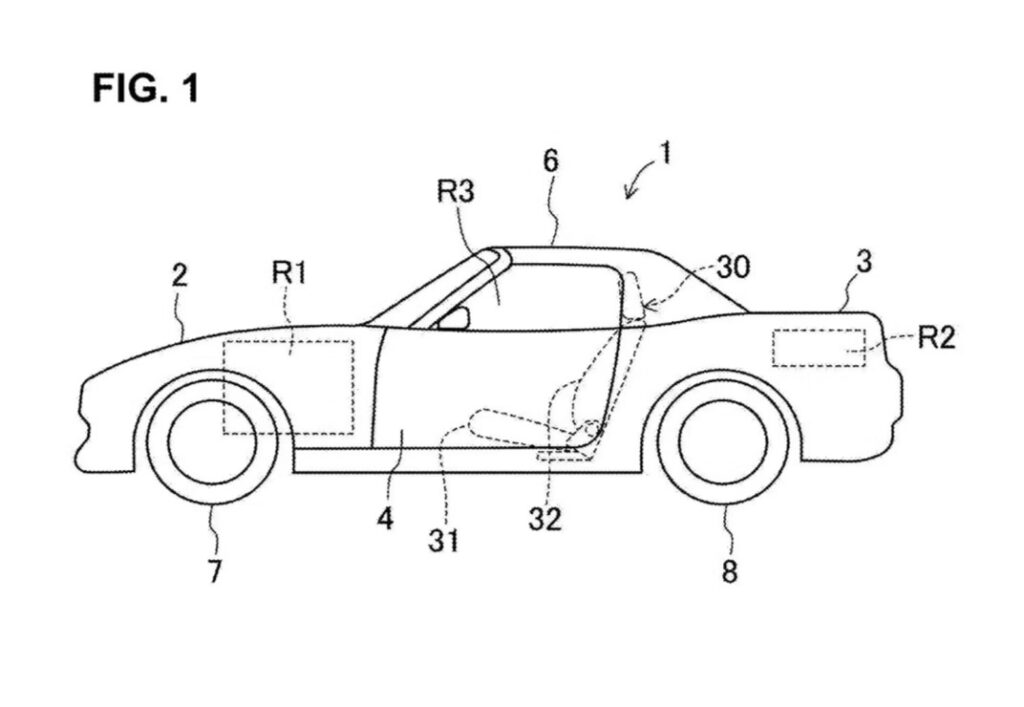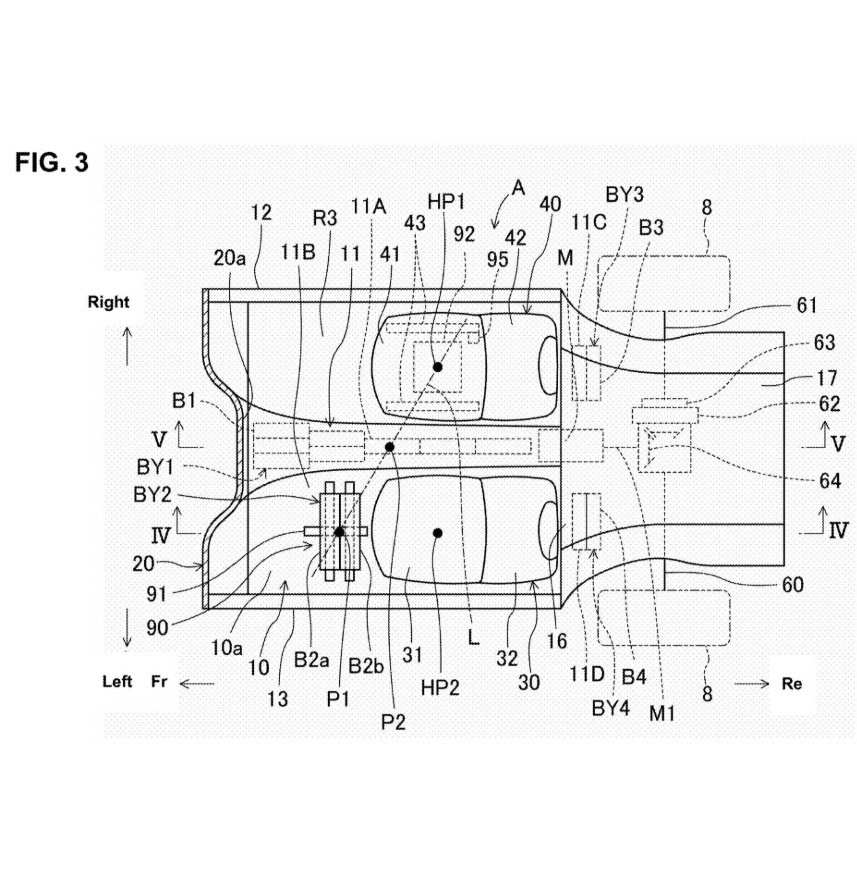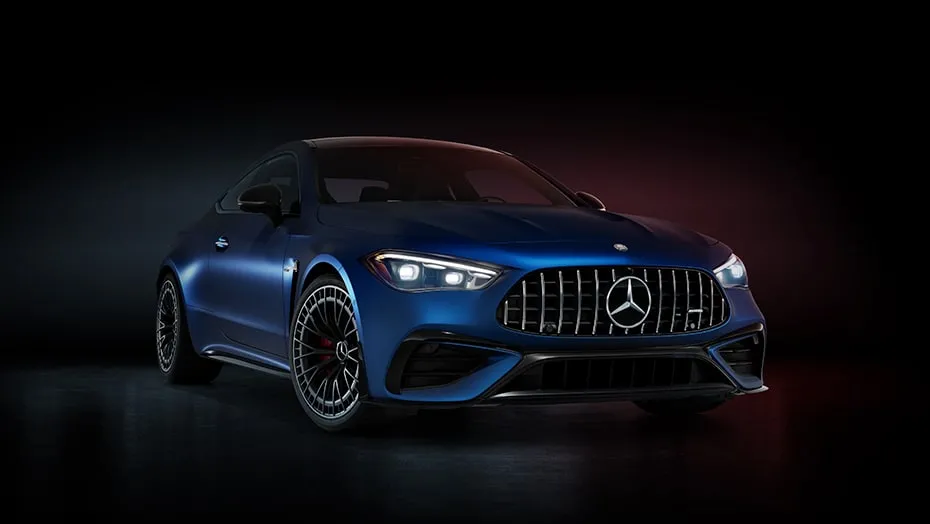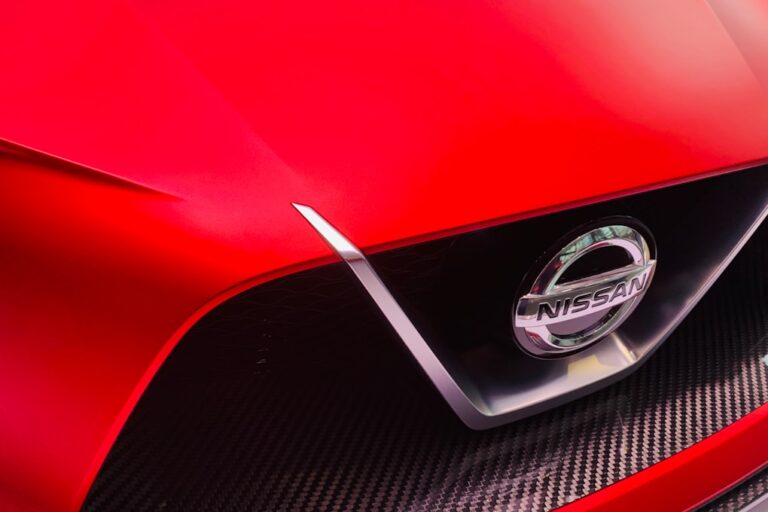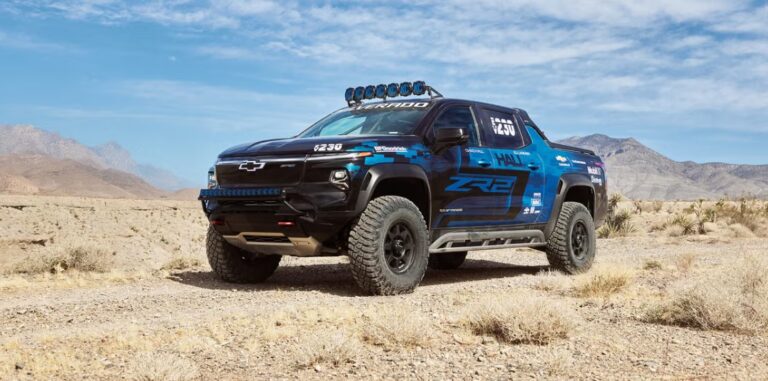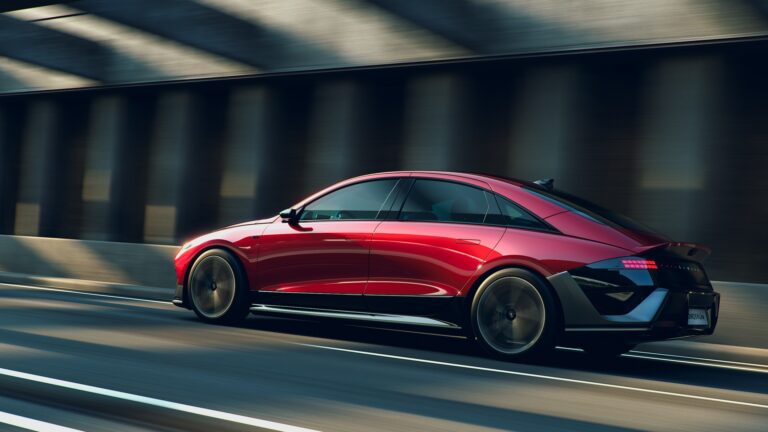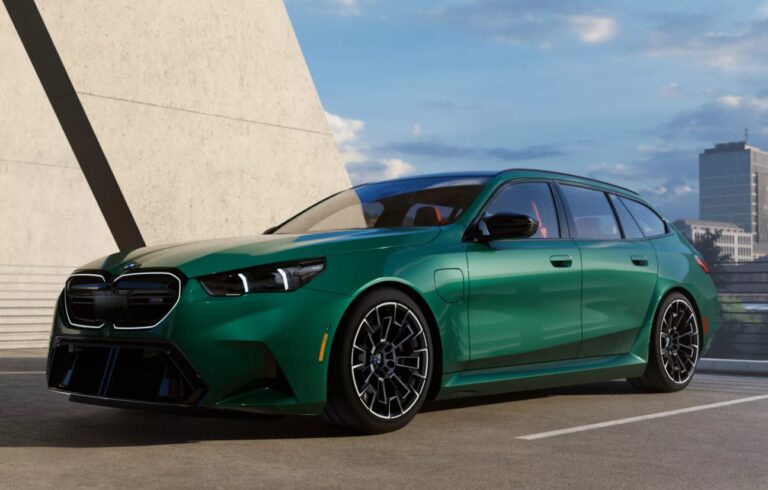Electric Miata Patent Hints Mazda’s Roadster Might Have an EV Version
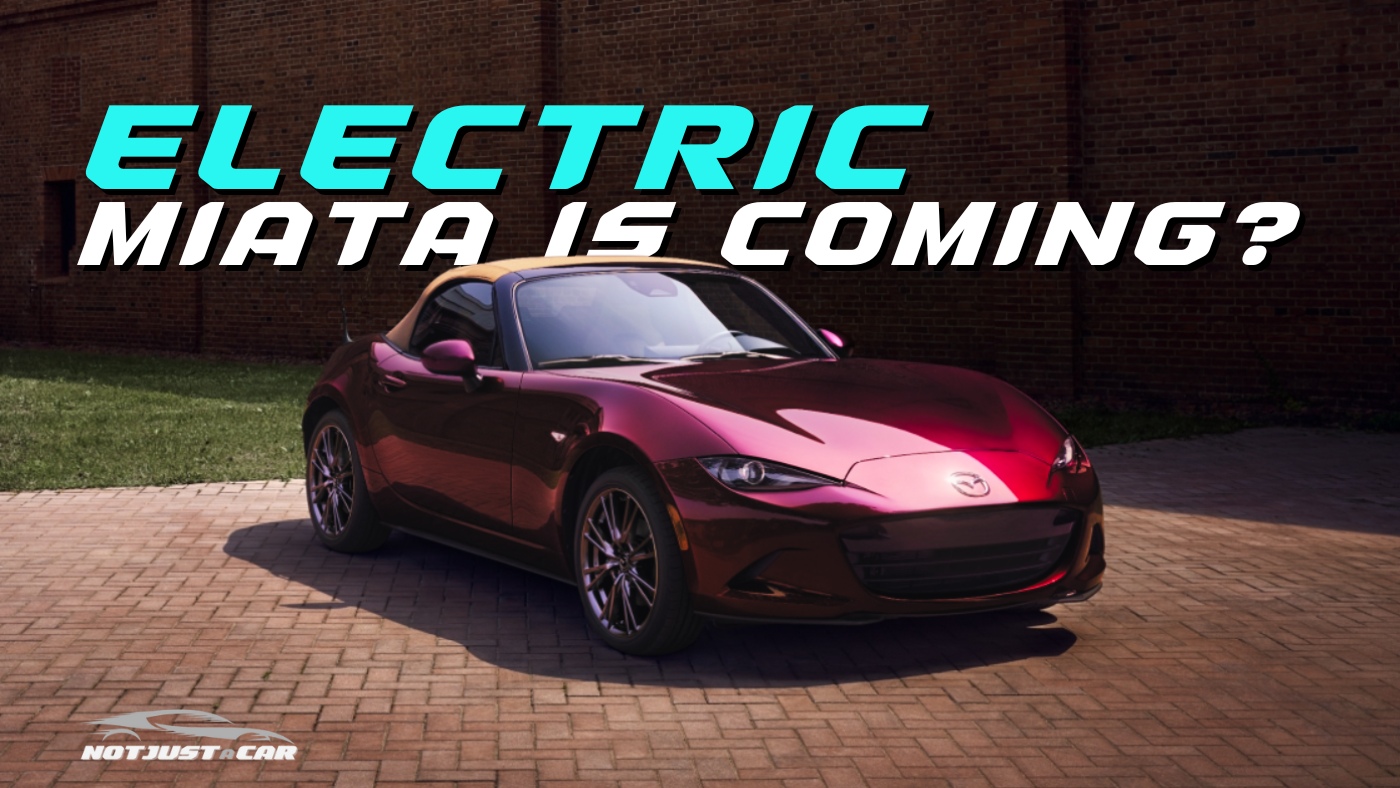
Fresh USPTO drawings show how Mazda could package batteries in a future Miata, yet the company insists the next-gen roadster sticks with gasoline unless regulators force otherwise.
Electric Mazda Miata – Key Points
- Newly published USPTO patent reveals dual battery packs in a central tunnel and behind the seats.
- Drawings keep a soft-top roof and compact proportions to honor Miata tradition 1.
- Mazda CTO Ryuichi Umeshita says an EV Miata happens only if major markets outlaw combustion engines outright.
- Current ND Miata tips the scales at just 2,366 lb (1,073 kg) 2—Mazda cites weight as the EV deal-breaker.
- Simulation shows a 50 kWh pack would add ~734 lb yet keep weight balance nearly 50/50 thanks to the split placement.
Mazda dropped a little Easter egg in the U.S. Patent and Trademark Office last week: three crisp drawings of a convertible sports car with battery modules tucked neatly into a reinforced center tunnel and another stack just aft of the seats.
The side profile screams Miata—long hood, tiny overhangs, and, yes, a fabric roof you can still fling open with one hand. But before forums spiral into “the Miata has gone soft” hot-takes, here’s what Mazda’s brass actually says. Speaking to Car and Driver, Chief Technical Officer Ryuichi Umeshita doubled down on internal combustion: “The current power-to-weight ratio is enough,” he said, adding that it would take “a full-on ban on combustion engines in major markets like the U.S.” for Mazda to sell an electric-only MX-5.
Lightness is the Miata’s north star, and today’s lithium-ion packs are still the equivalent of strapping a pair of linebackers to the chassis. That weight penalty is real. Crunch the numbers and a 50 kWh pack—just enough for roughly 200 miles—comes in around 333 kg (735 lb) at 0.15 kWh per kilo, a solid estimate for modern cylindrical-cell chemistry.
Note: These calculations and figures are of course just speculation on my part.
Add that to the ND’s 1,073-kg mass and you’re staring at a 1,406-kg EV roadster—hardly porky by modern EV standards, yet 31 percent heavier than today’s car. Interestingly, Mazda’s split-pack patent would keep the center of gravity low and shift the balance to about 50.3 percent front, 49.7 percent rear, almost matching the current 52/48 split.
In other words, they’re designing around the problem even while publicly saying they hope they don’t need to. Zoom into the drawings and the packaging genius surfaces. Figure 2 highlights a spine-like tunnel (label 42) that doubles as both a structural backbone and battery cradle.
That reduces the need for beefy side sills, keeping door heights low so drivers still feel like they’re wearing, not sitting on, the car. Figure 1 shows the familiar two-seat cockpit unchanged in width, preserving elbow room and that snug, driver-centric vibe.
Finally, Figure 4 reveals a near-stock seating position; pedals, steering column, and hip point appear largely where they are in an ND, meaning Mazda isn’t compromising ergonomics to fit batteries.
Why file the patent at all? Simple: future-proofing. Europe is flirting with 2035 combustion bans, California has its own 2035 zero-emission sales mandate, and even if timelines slip, Mazda wants a technical blueprint in the drawer.
Think of it as buying track-day insurance—you hope you won’t need it, but sleeping better at night is worth the paperwork.
For now, though, the message is clear: the next Miata—likely called “NE” internally—will keep its sky-high redline, rear-drive laugh factory, and sub-2,400-lb curb weight.
If governments pull the plug on gas, Mazda’s engineers already sketched the fallback. Until then, keep those 6-speed heel-and-toe skills sharp.
Interesting Stats & Nuggets
- Estimated 50 kWh battery would raise Miata curb weight to ≈3,100 lb—still lighter than a Subaru BRZ but ~300 lb heavier than a Toyota GR86 automatic.
- Mazda has sold over 1.3 million Miatas since 1989, making it the world’s best-selling two-seat sports car.
- Current ND Miata achieves 35 mpg highway; a comparable 200-mile EV range would require just 40 kWh at the ND’s efficiency, but real-world headroom pushes the design to ~50 kWh.
- The patent’s Makrolon-style rear window (not glass) hints Mazda is hunting grams everywhere—even in an EV scenario.

